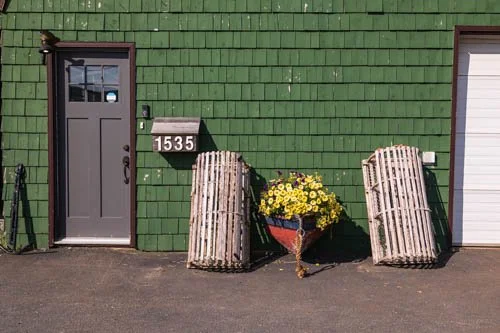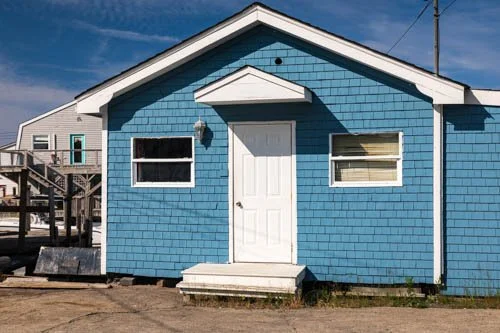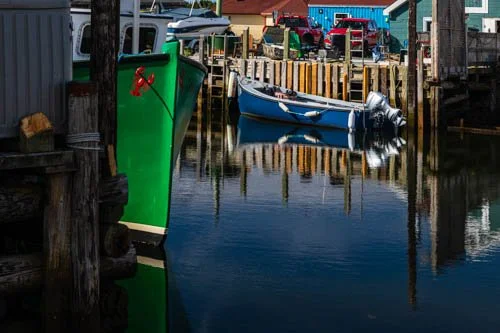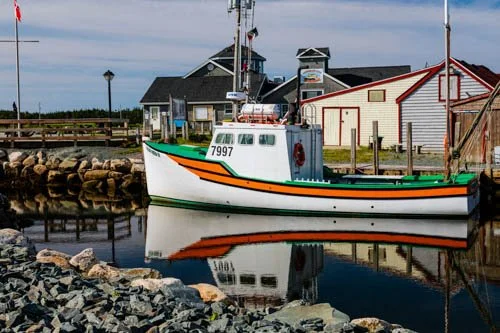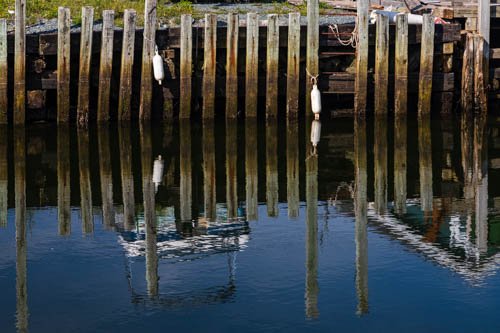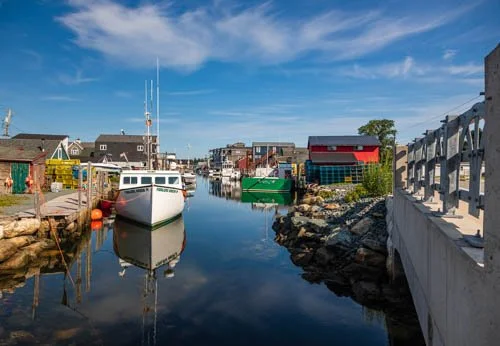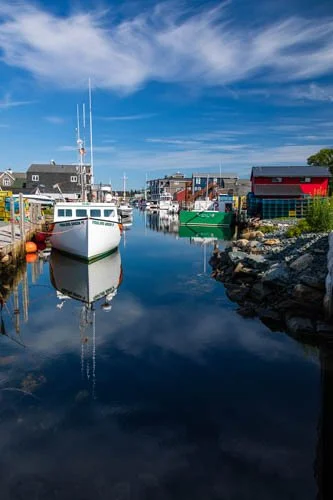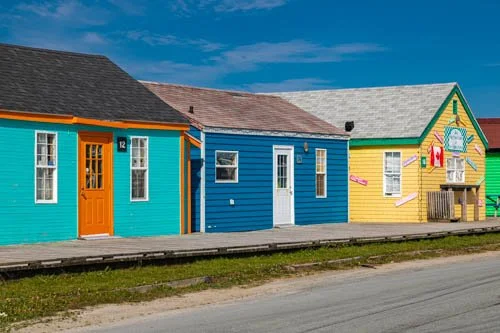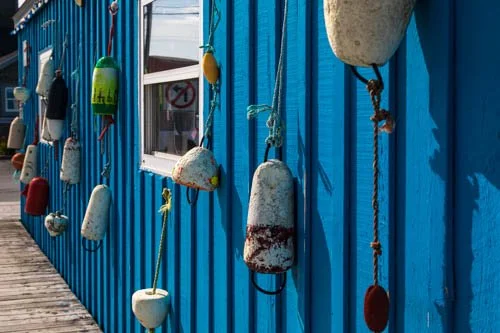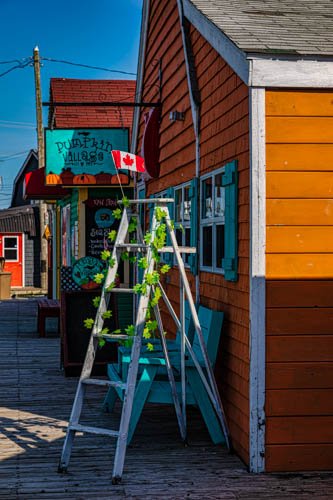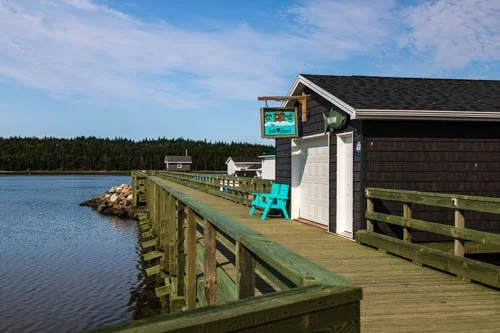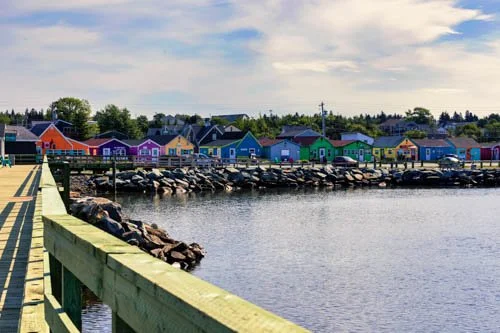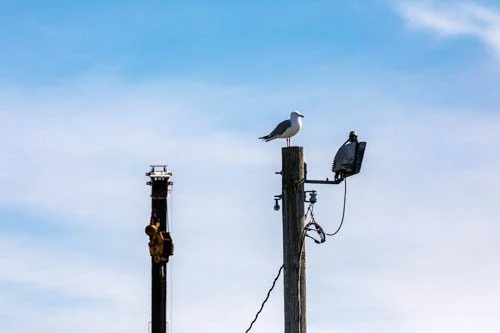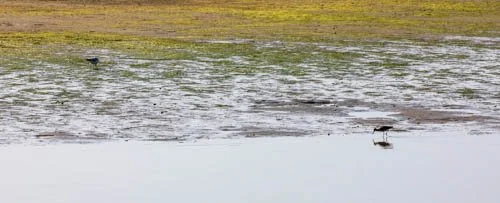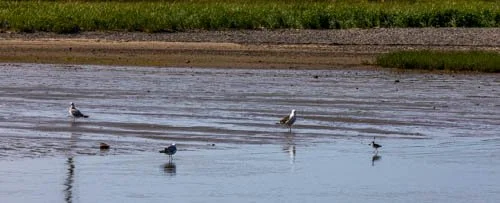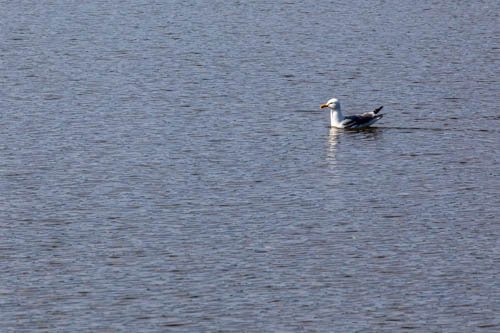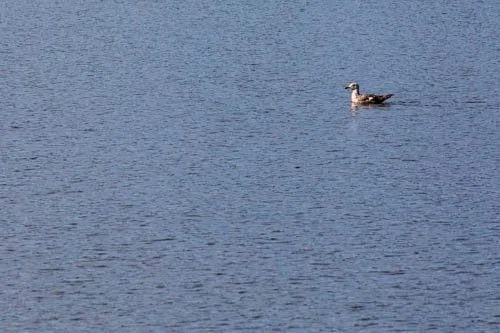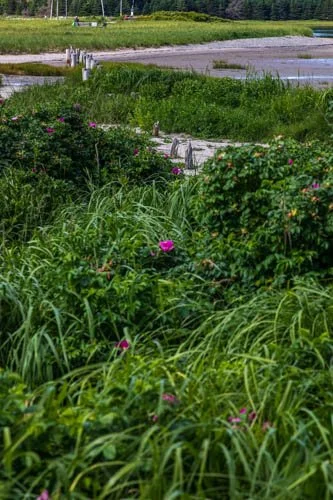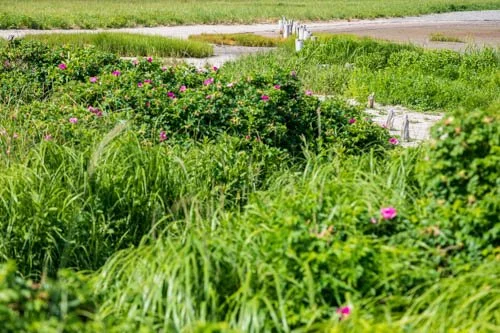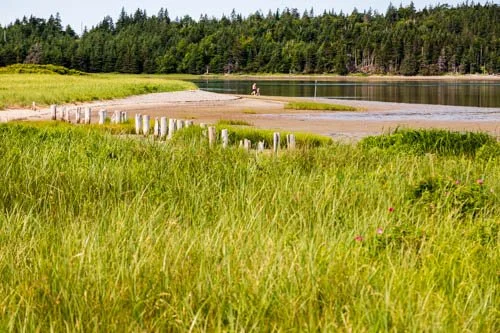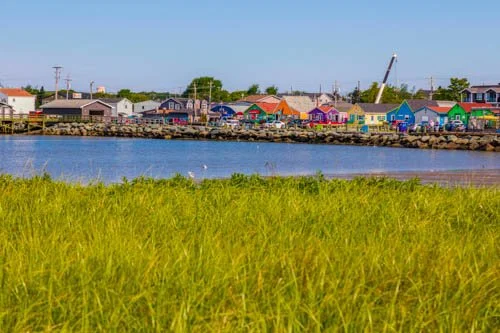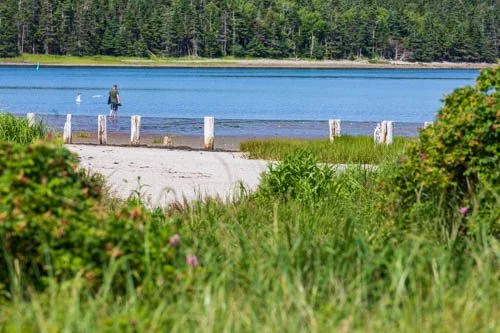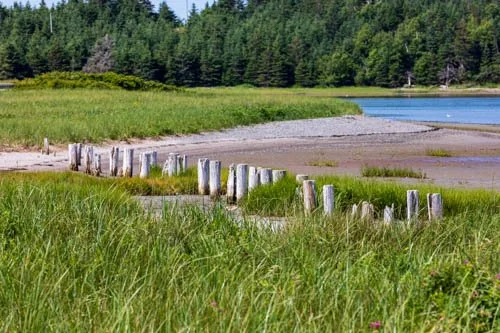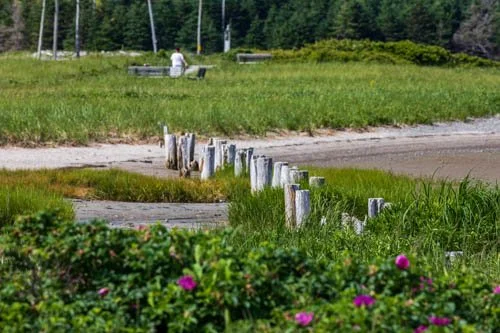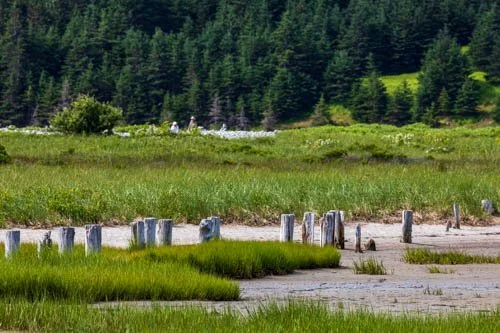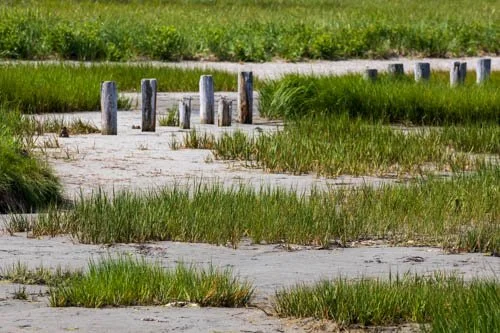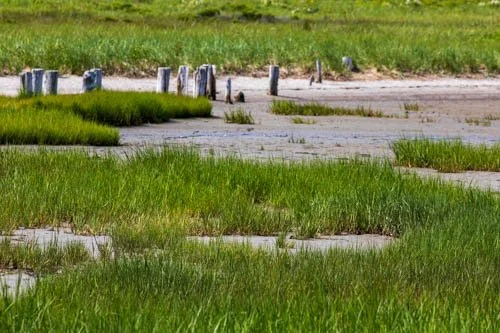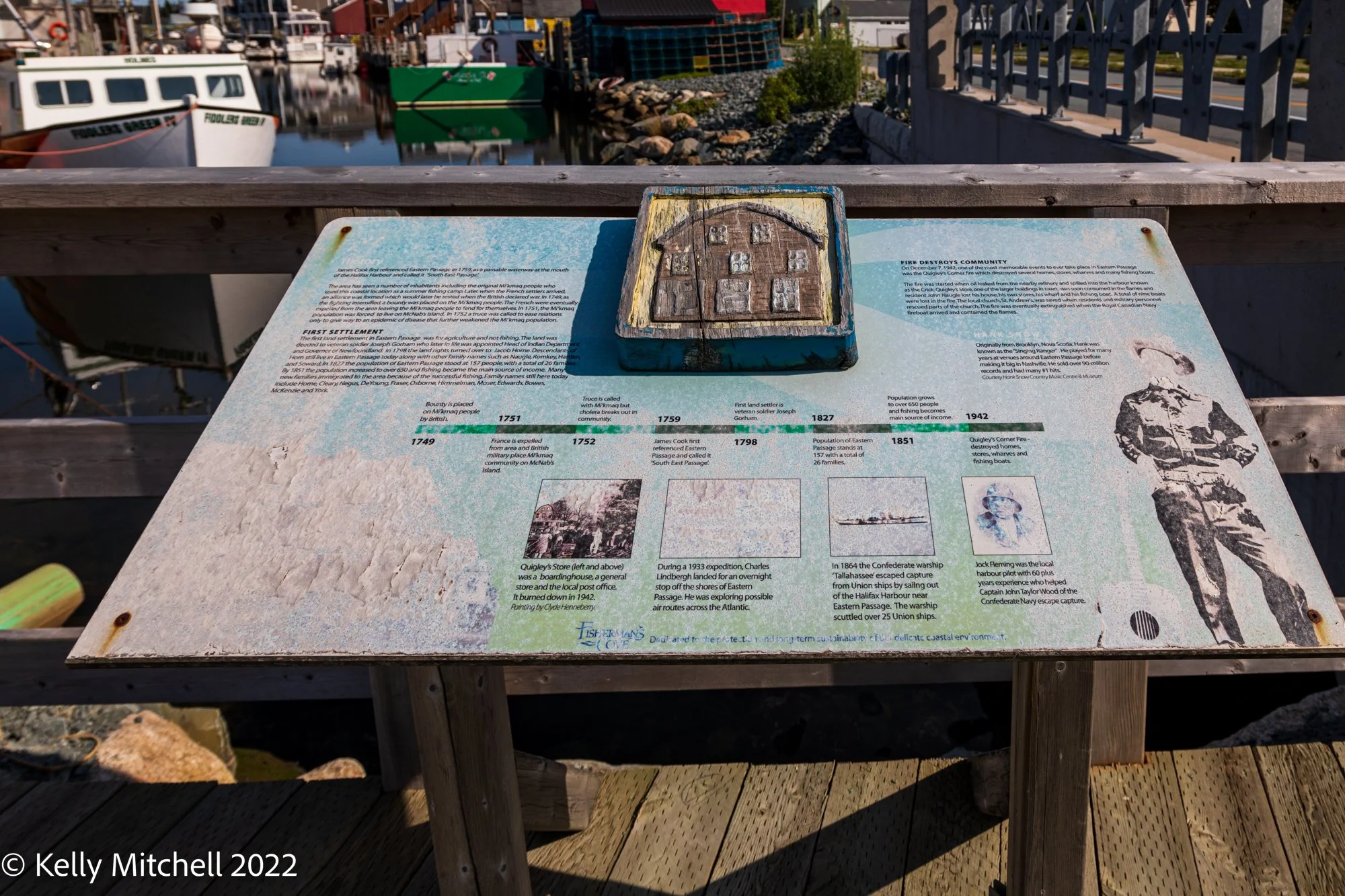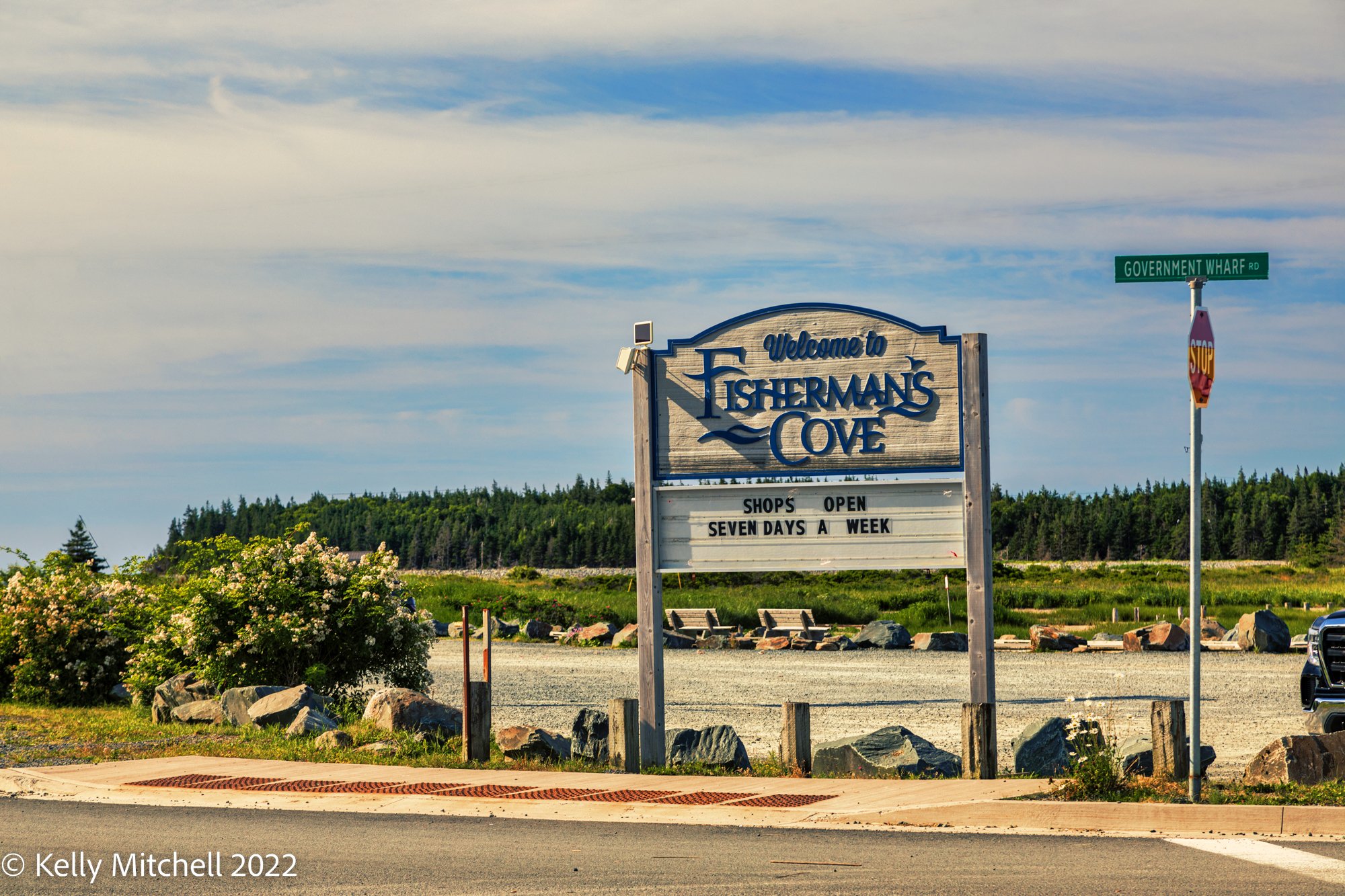
Fisherman’s Cove ~ Eastern Passage ~ Nova Scotia
Eastern Passage ~ History
James Cook first referenced Eastern Passage in 1759, as a passable waterway at the mouth of the Halifax Harbour and called it “South East Passage”.
The area has seen a number of inhabitants including the original Mi’kmaq who used this coastal location as a summer fishing camp. Later, when the French settlers arrived, an alliance was formed which would later be tested when the British declared war. In 1749, as the fighting intensified, a bounty was placed on the Mi’kmaq people. The French were eventually expelled from the area leaving the Mi’kmaq people to fend for themselves. In 1751, the Mi’kmaq population was forced to live on McNab’s Island. In 1752 a truce was called to ease relations only to give way to an epidemic of disease that further weakened the Mi’kmaq population.
First Settlement
The first land settlement in Eastern Passage was for agriculture and not fishing. The land was deeded to veteran soldier Joseph Gotham who later in life was appointed Head of Indian Department and Governor or Newfoundland. In 1798 the land rights turned over to Jacob Horne. Descendants of Horne still live in Eastern Passage today along with other family names such as Naugle, Romkey, Hartlen, and Soward. In 1827 the population of Eastern Passage stood at 157 people, with a total of 26 families. By 1851, the population increased to 650 and fishing became the main source of income. Many new families immigrated to the area because of the successful fishing. Family names still here today include Horne, Cleary, Negus, DeYoung, Frazer, Osborne, Himmelman, Moser, Edards, Bowes, McKenzie and York.
Fire Destroys Community
On December 7, 1942, one of the most memorable events to ever take place in Eastern Passage was the Quigley’s Corner fire which destroyed several homes, stores, wharves and many fishing boats.
The fire was started when oil leaked from the nearby refinery and spilled into the harbour known as the Crick. Quiqley’s Store, one of the larger buildings in town, was soon consumed in the flames and resident John Naugle lost his house, his two stores, his wharf and his fishing boat. A total of nine boats were lost in the fire. The local church, St. Andrews, was saved when residents and military personnel rescued parts of the church. The fire was eventually extinguished when the Royal Canadian Navy fireboat arrived and contained the flames.
1749 ~ Bounty is place on Mi’kmaq people by British
1751 ~ France is expelled from area and British military place Mi’kmaq community on McNab’s Island
1752 ~ Truce is called with Mi’kmaq but cholera breaks out in community
1759 ~ James Cook first referenced Eastern Passage and called it South East Passage
1798 ~ First land settler is veteran soldier Joseph Gotham
1827 ~ Population of Eastern Passage stands at 157 with a total of 26 families
1851 ~ Population grows to over 650 people and fishing becomes main source of income
1942 ~ Quigley’s Corner Fire ~ destroyed homes, stores, wharves and fishing boats
